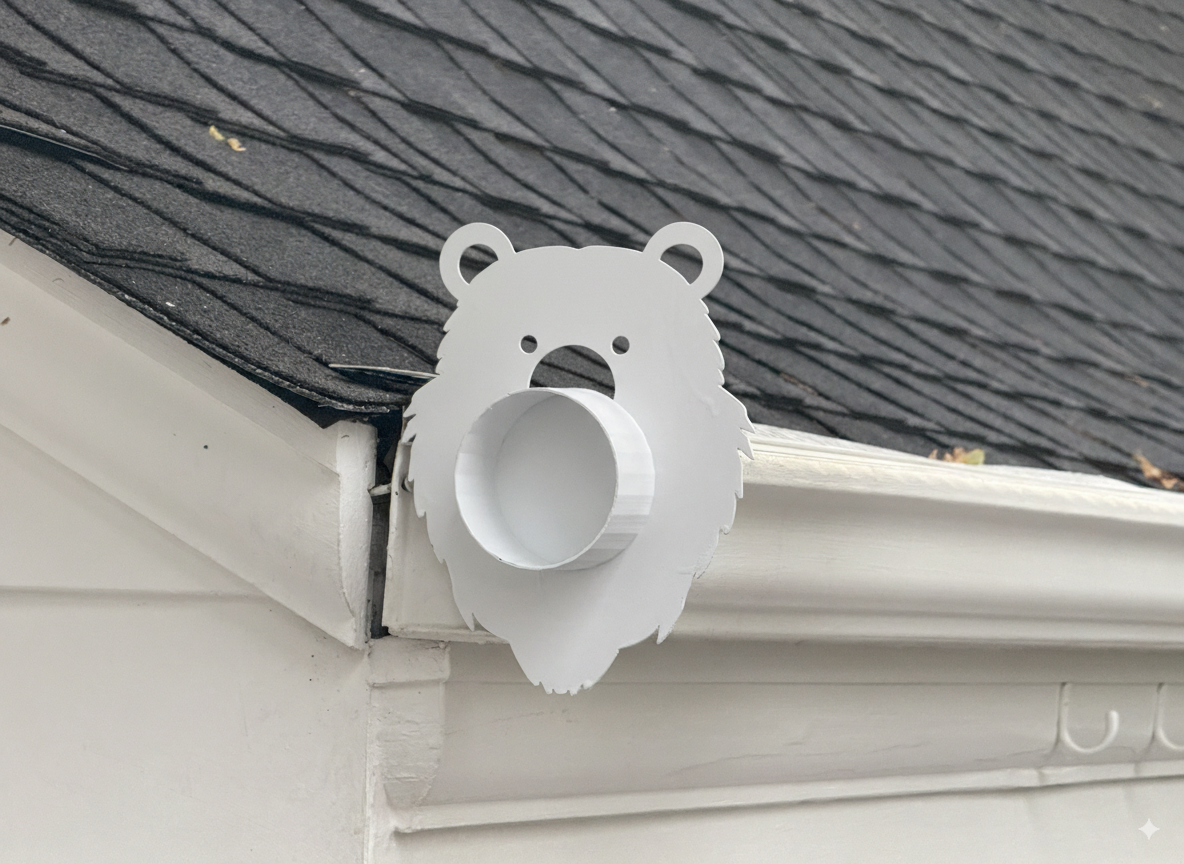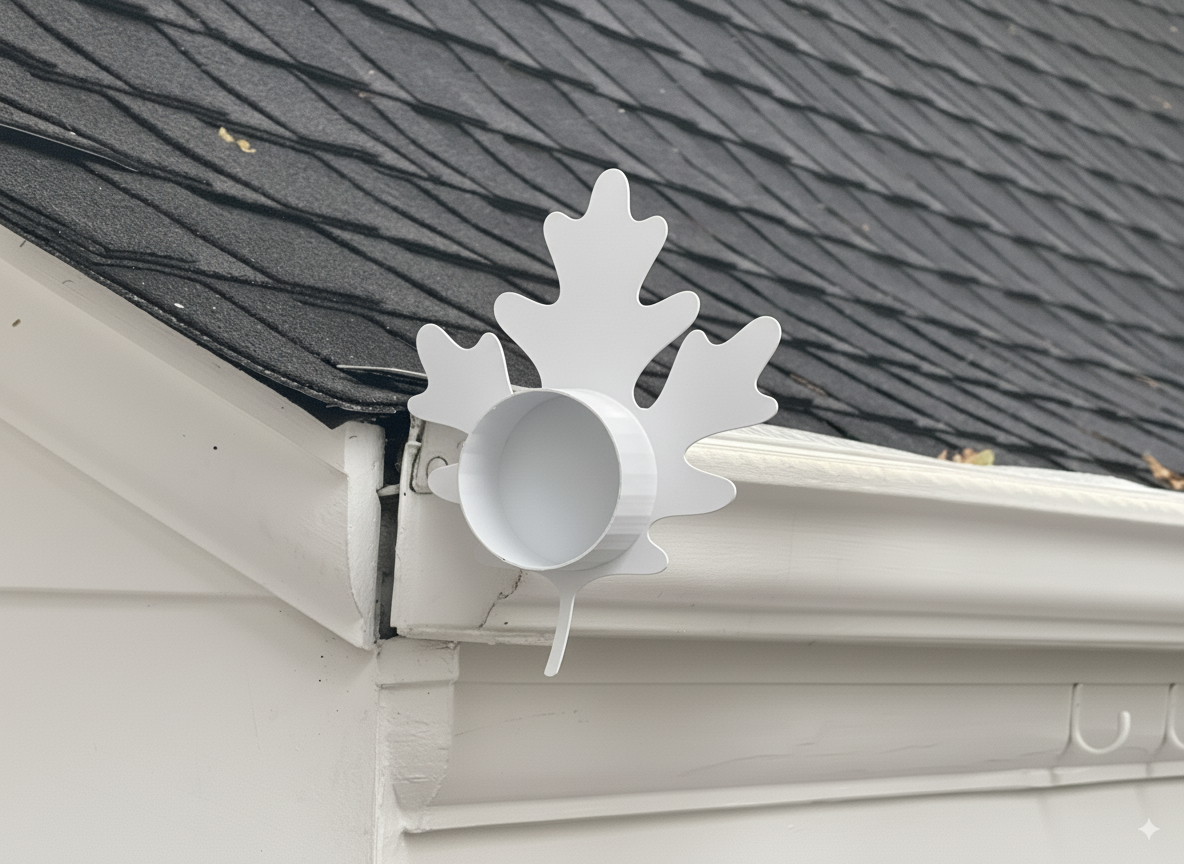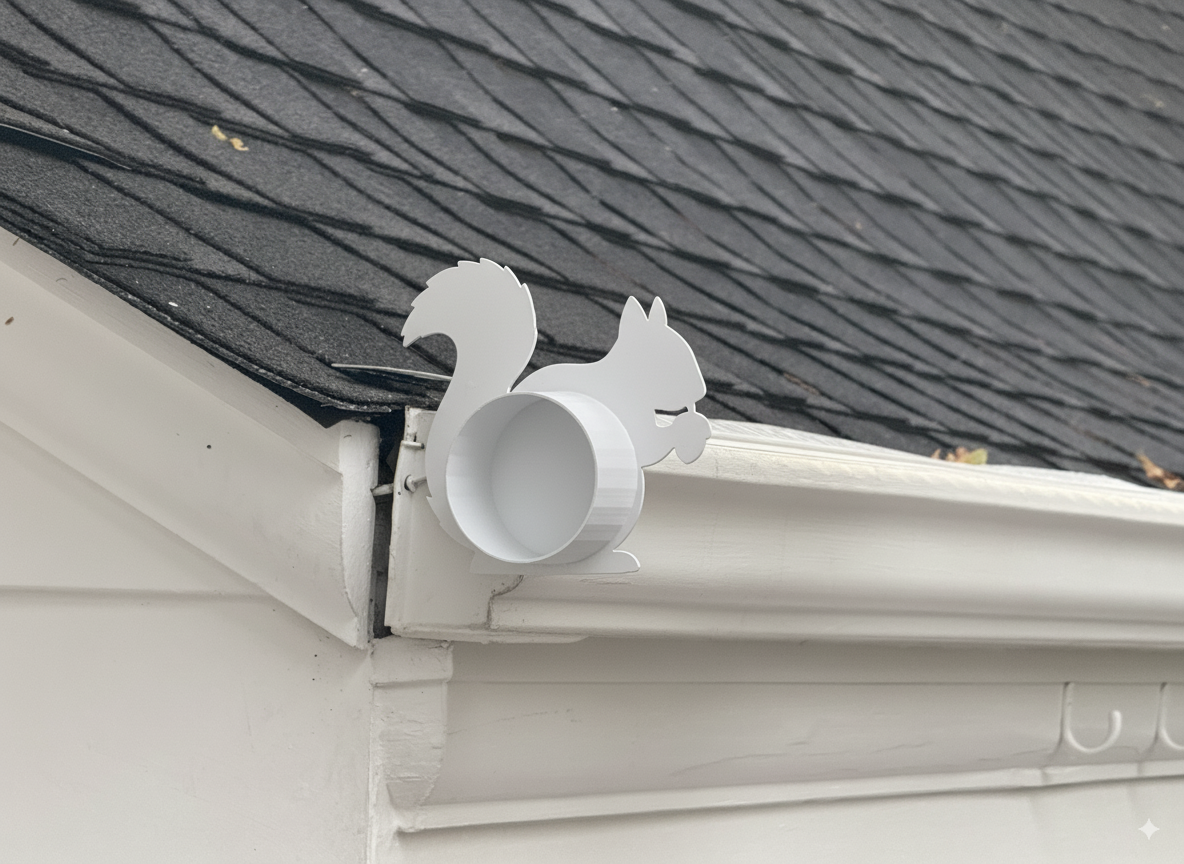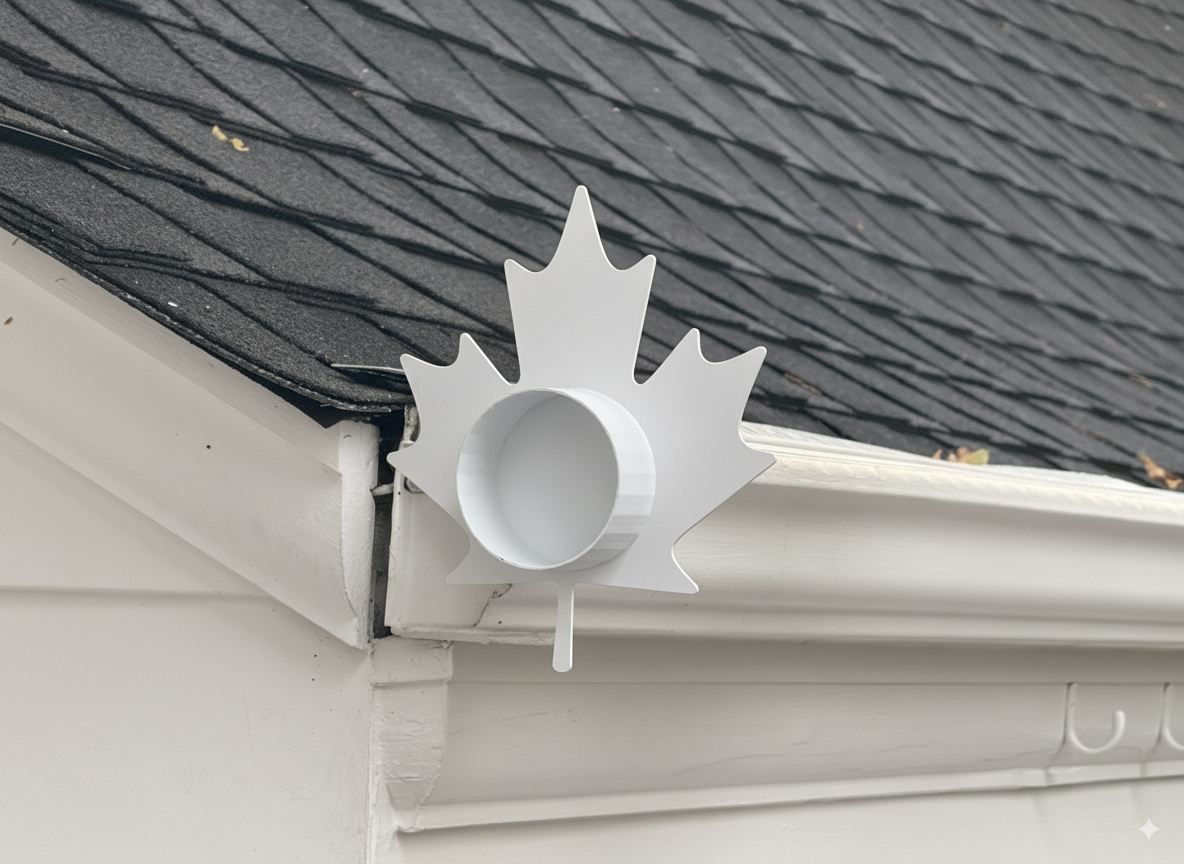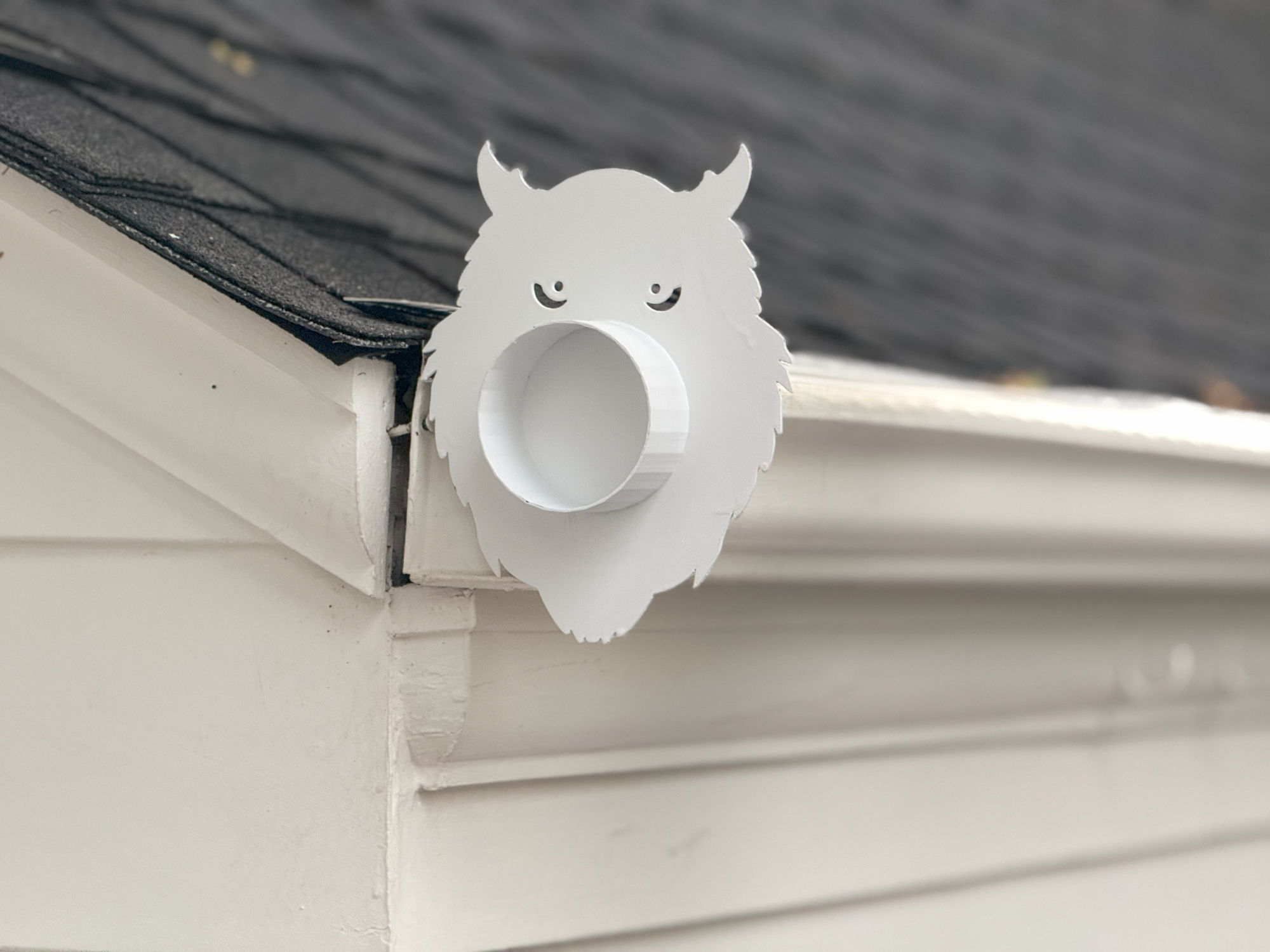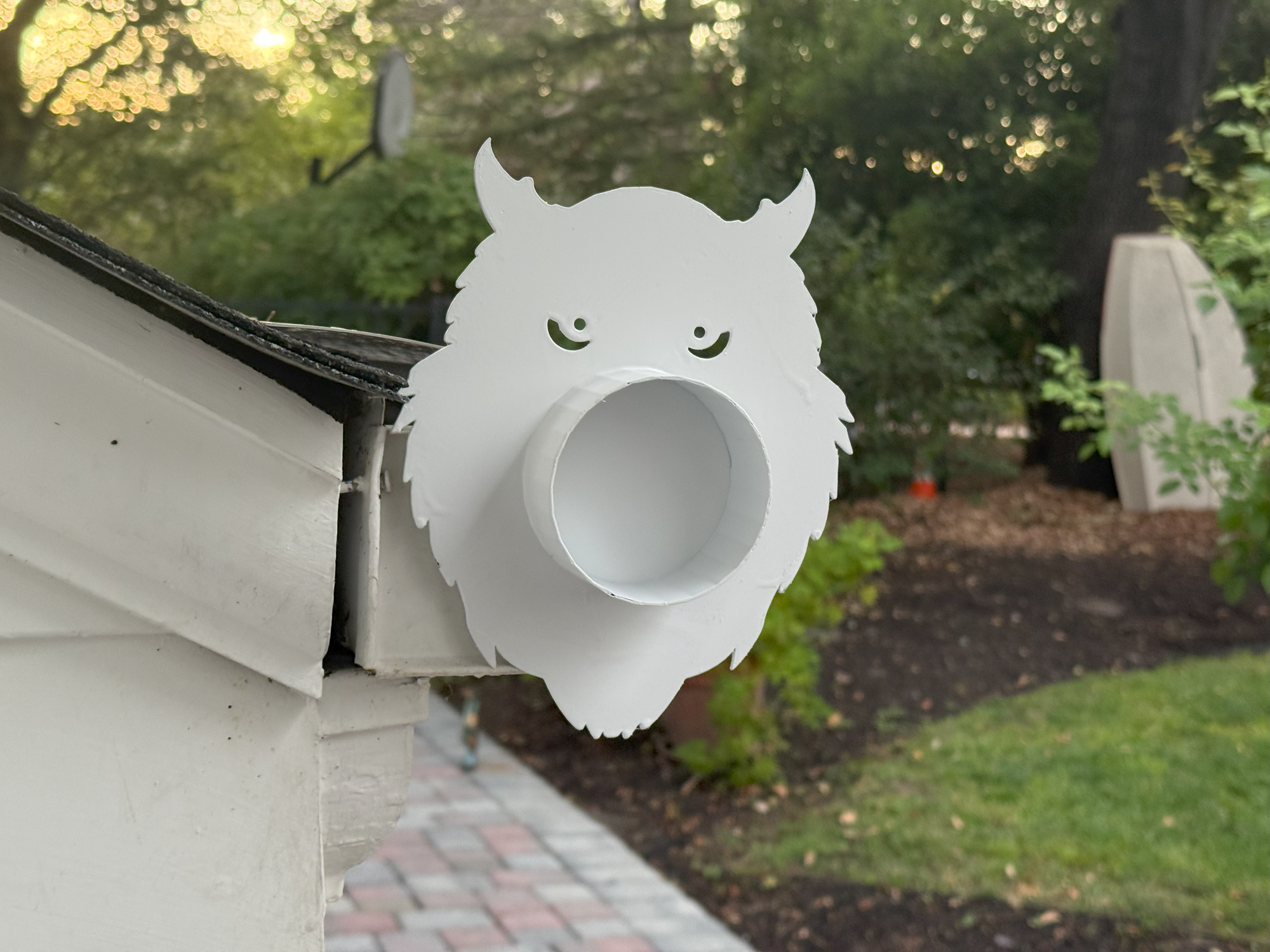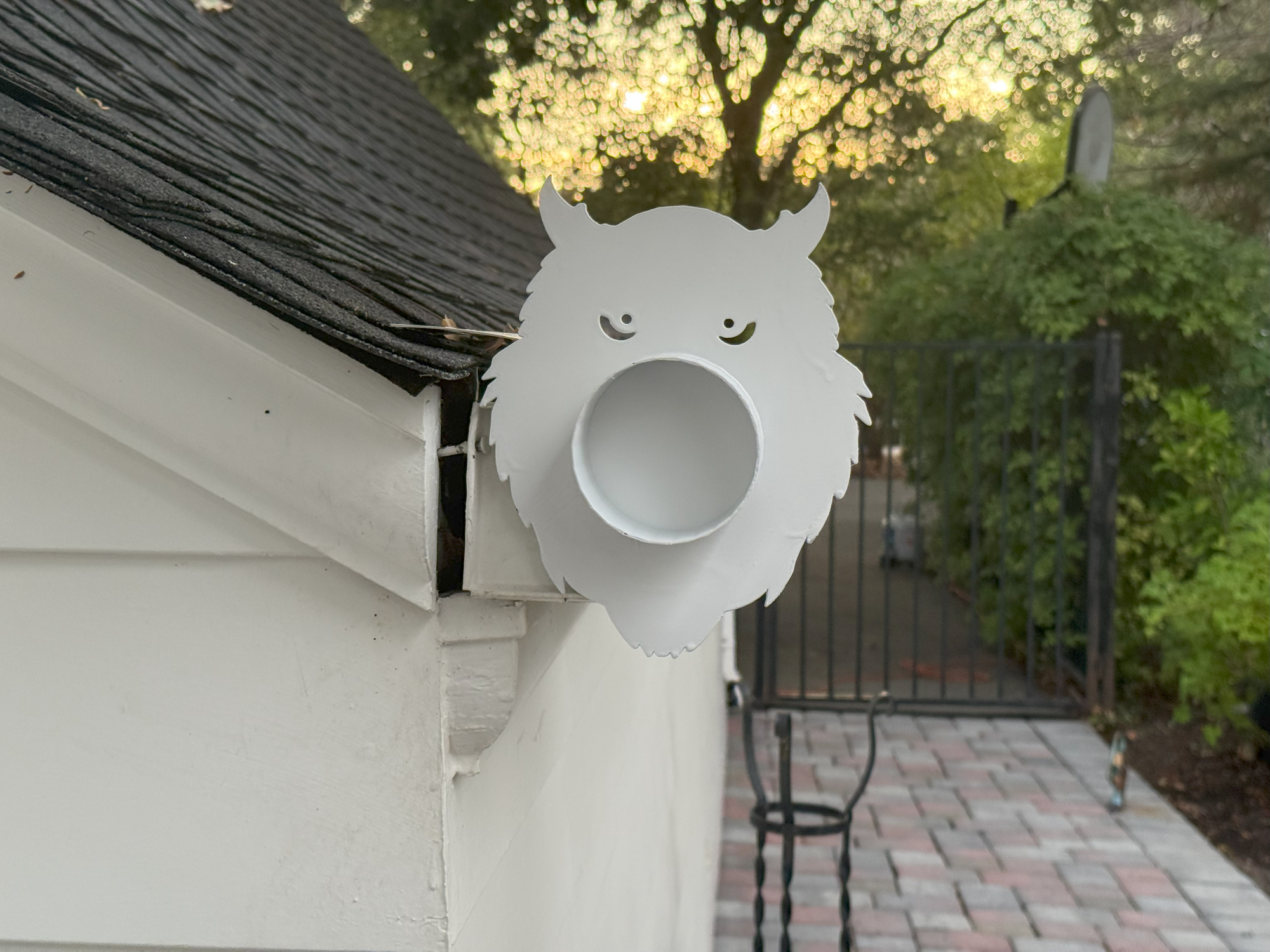Essential Drone Training Exercises
Build confidence, precision, and safety—whether you’re flying for fun or for commercial work.
Pre-Flight Safety Check
Take 2–3 minutes before each flight to prevent mistakes and keep your airspace safe.
- Survey the area: Walk your launch site; note people, pets, vehicles, power lines, and transient obstacles.
- Weather check: Avoid rain, low clouds, and gusty winds; confirm temps are within your drone’s spec.
- Identify the tallest obstacle: Find the highest treetop, building, or pole and record an estimated height.
- Set Return-to-Home (RTH) altitude: Set RTH at least 30–50 ft (10–15 m) above that tallest obstacle.
- Compass/GNSS lock: Wait for a solid GPS connection and clear home point message.
- Battery & props: Verify battery levels (aircraft & controller), secure props, and adequate storage space on the card.
- Geofencing & airspace: Confirm you’re authorized and compliant with local/FAA rules before arming.
Core Drone Training Exercises
1) Hover Practice
Hold a steady hover 5–10 ft (1.5–3 m) above the ground; correct drift with tiny stick inputs. Practice in GPS and, if your model allows, ATTI/manual to improve stick feel.

2) Box Pattern
Fly a square: forward → right → back → left, pausing cleanly at each corner. Keep altitude constant and aim for equal leg lengths to build spatial awareness.

3) Figure Eight Drill
Trace a wide “8”. First, keep the nose forward; then repeat while yawing into each loop. This integrates roll, pitch, and yaw while maintaining altitude.

4) Altitude Shifts
Alternate gentle climbs and descents while moving forward. Aim for smooth throttle work and level horizons—great for cinematic reveals and inspection passes.

5) Orbit (Circle Flight)
Pick a cone/tree as the point of interest and circle it at a constant radius and altitude. Keep the subject centered to strengthen manual POI control.

6) Emergency Landing Drill
In a wide, open area, practice decisive yet controlled descents as if responding to low battery, sudden wind, or a system warning. Build calm muscle memory.

Intermediate & Advanced Ideas
- Obstacle navigation: Weave through cones to refine precision.
- Manual POI tracking: Orbit while keeping camera locked on a subject.
- Simulated missions: Rehearse roof inspections, real-estate or mapping paths.
- Low-light practice (where legal): Learn exposure and orientation at dusk.
Tips for Success
- Train in open spaces; keep visual line of sight.
- Carry spare batteries and a simple cone marker kit.
- Record flights and review stick inputs to spot habits.
- Progress from slow, deliberate moves to cinematic flow.
Always fly within local laws and your certification limits (e.g., FAA Part 107 in the U.S.).
Level up with pro training
Want personalized drills and mission-style practice for real estate, inspections, or mapping? Get in touch or explore our Drone Services.






